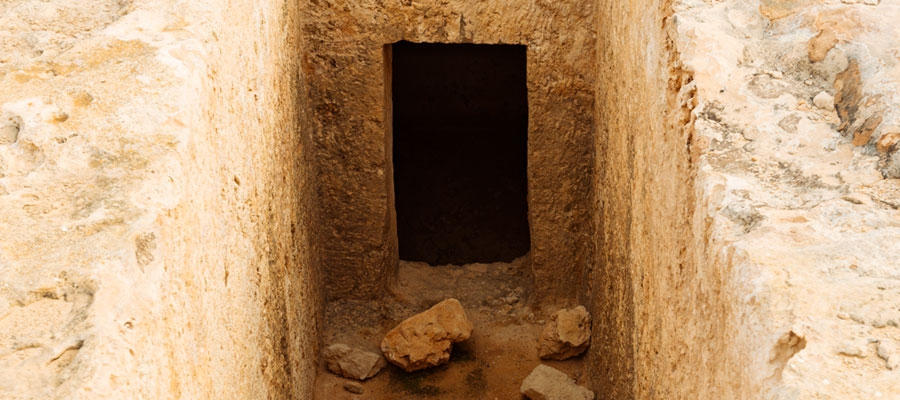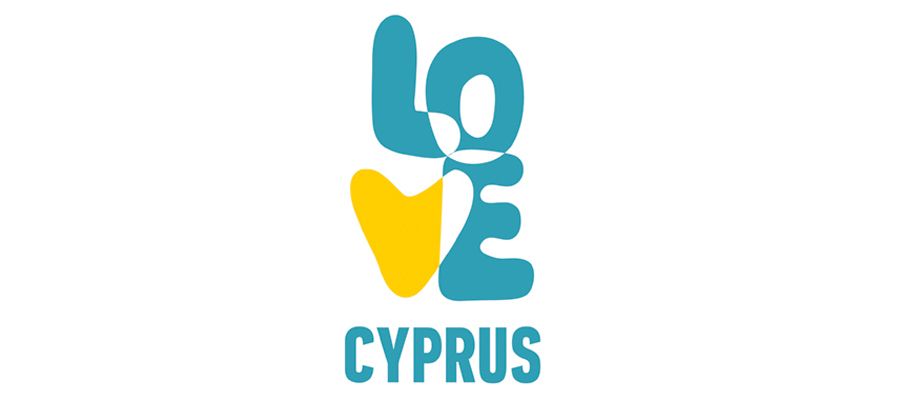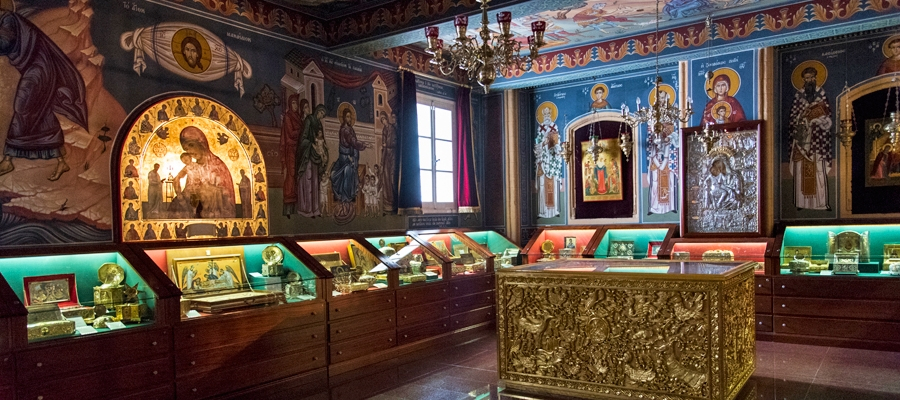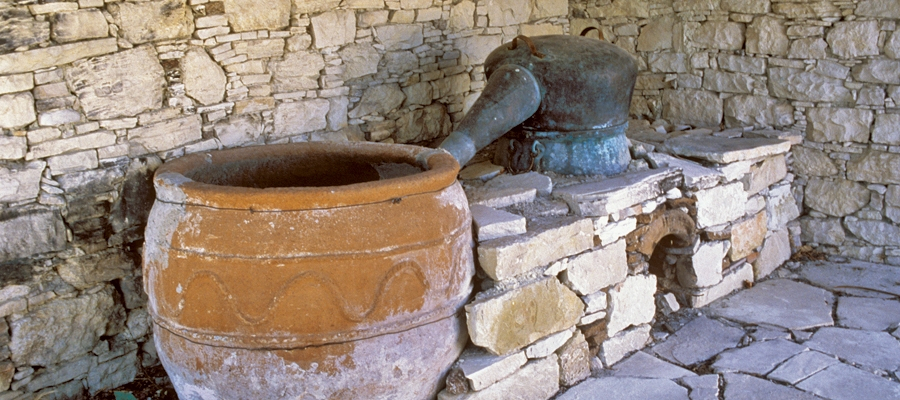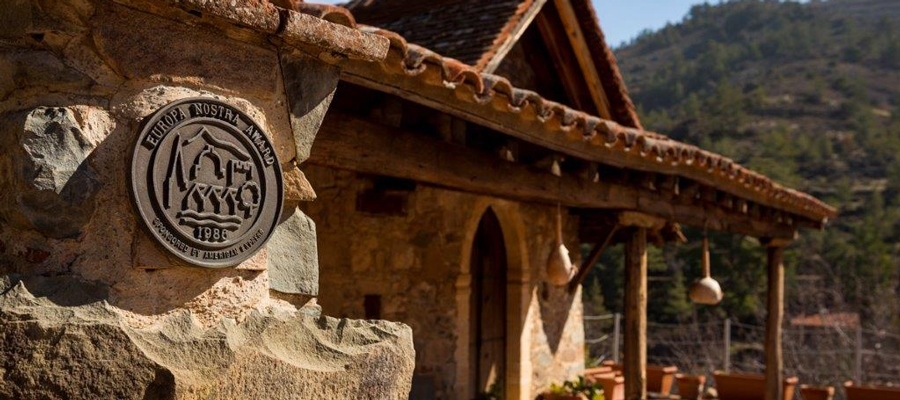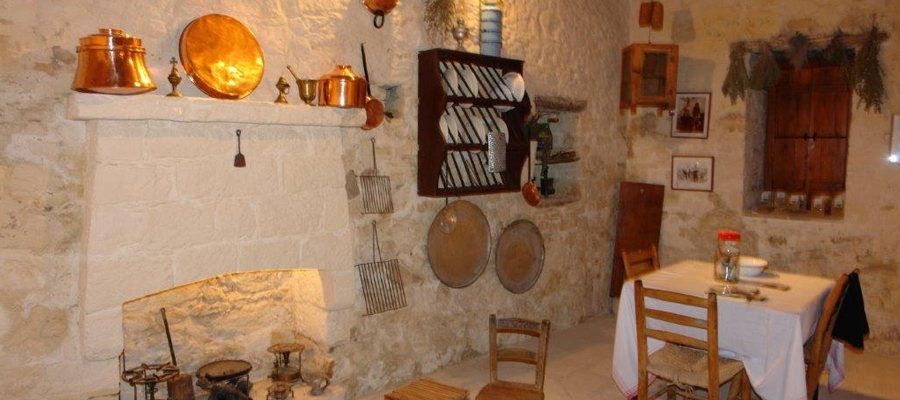Agios Antonios Church is located 9km west of Larnaka (Larnaca) in the village of Kelia, and is one of the most important Byzantine churches of Cyprus, possibly dating back to the 9th century.
The building is a three-aisled vaulted basilica which once had a dome, and the church contains significant wall paintings from the 9th, 11th and 13th centuries.
| Region: | Larnaka |
| Address: | Kelia village, 9km west of Larnaka on the Livadia – Trouloi Road |
| Contact No: | Tel: +357 99 572 202 (Mr. Giannis, Church Custodian) |
| Operating Hours: | Visits by prior arrangement with the Church Custodian. |
| Operating Period: |
All year round. Closed on Public Holidays. |
| Entrance Fee: | Free |
| Disabled Access: | Offers some disabled access. |
| Opening and closing times as well as entrance fees, are subject to alterations without notice. Visitors are advised to check before visiting. |



